Classification Exploration
In this outdoor activity, your class will go on a bug hunt and become zoologists. They will come up with their own classification systems to sort common invertebrates into groups.
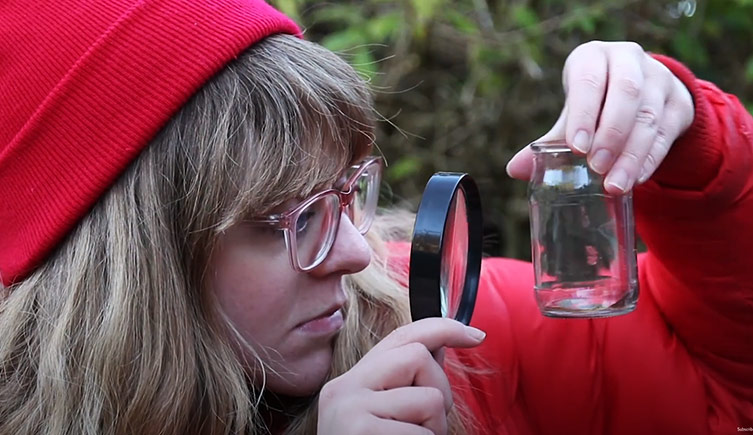
In this outdoor activity, your class will go on a bug hunt and become zoologists. They will come up with their own classification systems to sort common invertebrates into groups.
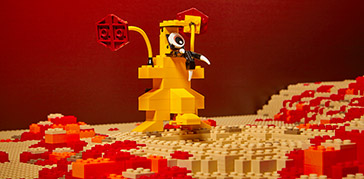
Find our about adaptations. Use your imagination to build your own LEGO® Life Form that could survive in each of four challenging environments.
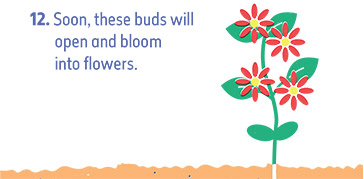
Welcome to the Plant Club! Here pupils learn how plants grow from seeds. They then sow their own seeds, and track their progress in a plant diary.
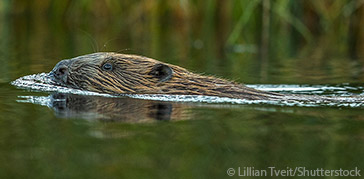
Pupils show that they can understand both sides of a complex issue and persuasively communicate viewpoints to others. by creating pamphlets from both perspectives exploring the issues of rewilding beavers.
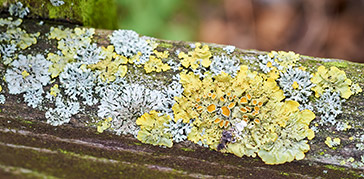
Pupils explore their school environment and discover how examples of life have adapted to live there.
How do you name and categorise 80 million specimens, let alone all known life on Earth?
There is more to polar bear fur than meets the eye. Mammals Curator Roberto Portela Miguez explains.
With so many similarities between moths and butterflies, how can we tell the two apart?
Plants disperse their seeds in a variety of ways, but one of the oddest may be the peanut plant.
Watch as a flutter of blue morphos Morpho peleides emerge from their pupal state.
There are 27 different species of earthworm in the British Isle, and they have important work to do.
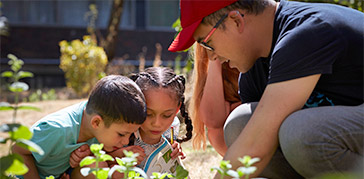
In this outdoor workshop, pupils will explore habitats and hunt for bugs in our new Nature Discovery Garden.
For ages 4-7 (Early Years - KS1)
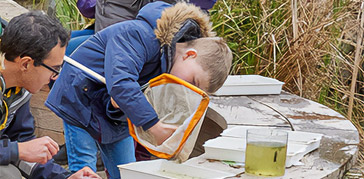
In this outdoor workshop, pupils will use nets to catch pond animals and conduct a scientific enquiry into what these creatures eat.
For ages 6-11 (Year Two - KS2)

Come on an adventure and help our scientists explore the seas, from the sunlit corals to the midnight depths.
For ages 6-11 (Upper KS1 and KS2)
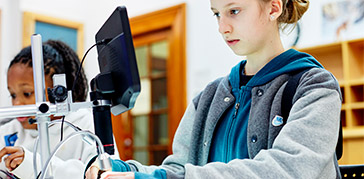
A practical science session where pupils use microscopes to sort and classify insect specimens, interpret data, and solve a problem.
For ages 7-14 (KS2 and KS3)
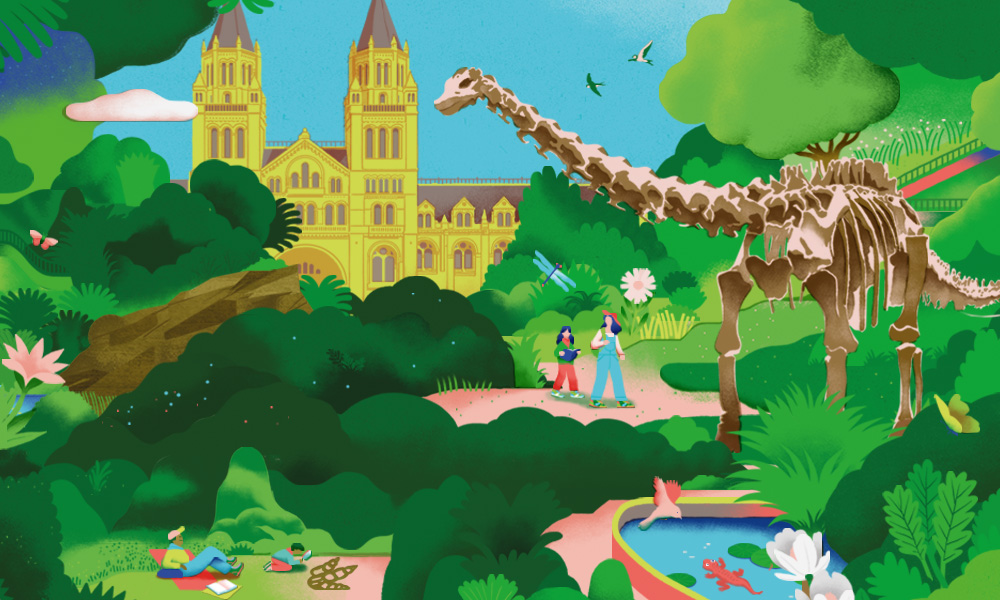
Our gardens follow the story of how life on Earth has changed over time, from the days of the dinosaurs through to today.
Open daily